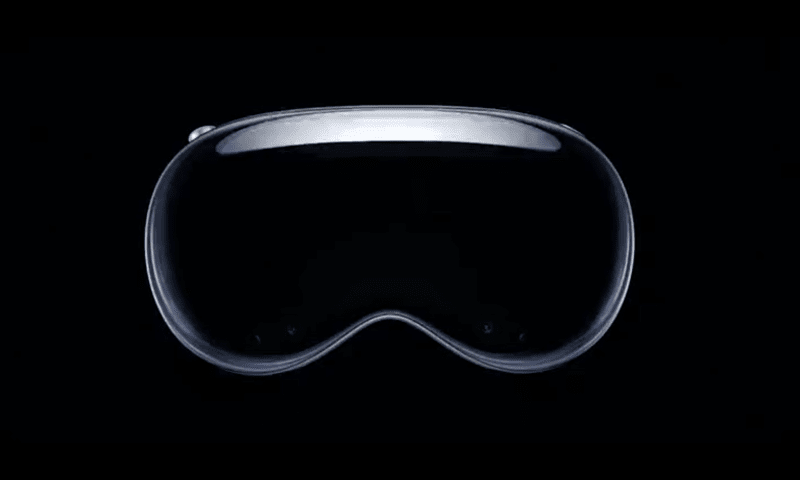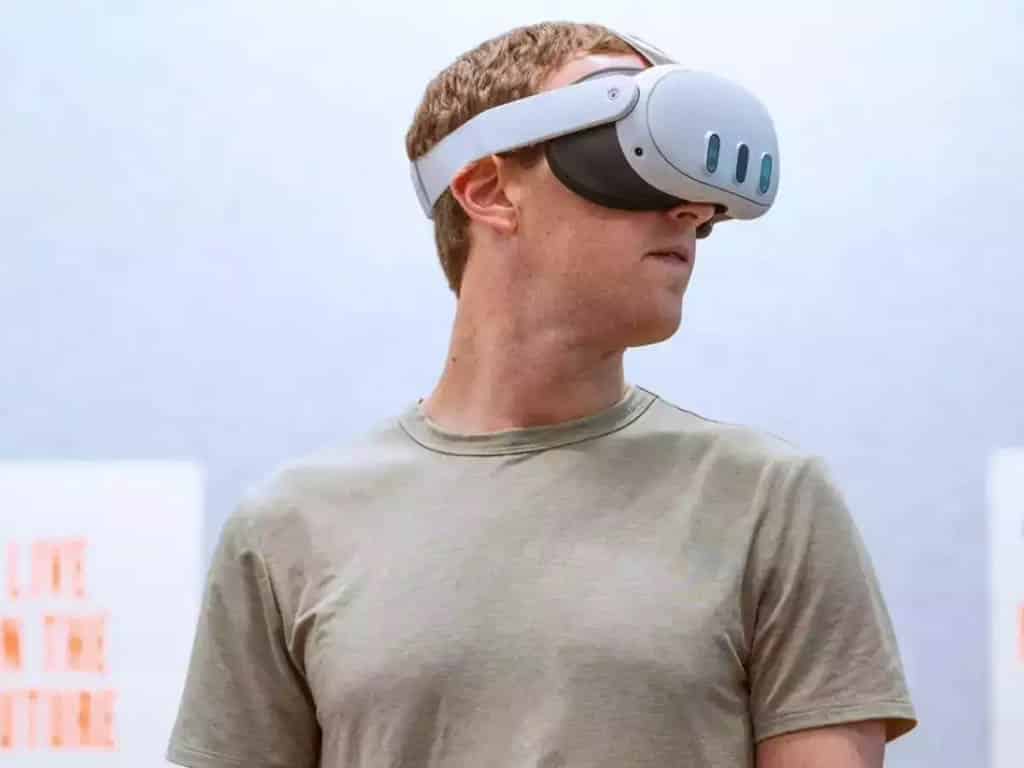Science & Technology


The social media platform X will begin offering video and audio calling, owner Elon Musk announced on Thursday, a step towards turning the former Twitter into an “everything app”.
“Video & audio calls coming to X,” Musk wrote in a post on the platform, without specifying when the new features would be available.
The calling features would work on iOS, Android, Mac and PC systems, and no phone number would be needed, he said.
“X is the effective global address book,” the billionaire added. “That set of factors is unique.”
Last month, Musk and his newly hired chief executive Linda Yaccarino announced the rebranding of Twitter as X, saying it would become an “everything app” inspired by China’s WeChat that would allow users to socialize as well as handle their finances.
X’s payment branch Twitter Payments LLC was granted a “crucial” currency transmitter license from the US state of Rhode Island on Monday, allowing it to “engage in cryptocurrency-related activities” such as exchanges, wallets and payment processors, the crypto website CoinWire reported this week.
The license allows X to “securely store, transfer, and facilitate the exchange of digital assets on behalf of its users,” according to CoinWire.
Since Musk bought Twitter last October, the platform’s advertising business has collapsed as marketers soured on his management style and mass firings that gutted content moderation.
In response, the tycoon has moved towards building a subscriber base and pay model in a search for new revenue.
Many users and advertisers alike have responded adversely to the site’s new charges for previously free services, as well as its changes to content moderation and the return of previously banned far-right accounts.
Musk also killed off the Twitter logo, replacing its globally recognized blue bird with a white X.

PARIS: Restoring the power of speech to those who have lost it through illness or accident is becoming an ever more plausible concept, based on results from two brain implants that show encouraging results, researchers say.
Pat Bennett, 68, was a dynamic and sporty human resources senior executive before being diagnosed more than a decade ago with amyotrophic lateral sclerosis, also known as Lou Gehrig’s disease, a neural disorder resulting from damage to nerves that transmit data from the brain and spinal cord to and from the rest of the body.
The ailment, which attacks neutrons controlling movement, is neurodegenerative and progressively shuts down a patient’s movement to the point of paralysis.
Pat started out experiencing difficulty in enunciating words, then eventually lost the ability to speak entirely.
But important advances are being made in tackling such disorders through implants.
The journal Nature reported on Wednesday that researchers from Stanford University’s department of neuroscience in March last year implanted into Pat’s brain four small squares of 64 micro-electrodes made of silicone.
Penetrating a mere 1.5 millimetres into the cerebral cortex, they record electrical signals produced by the areas of the brain that are linked to the production of language.
The signals produced are conveyed outside the skull via a bundle of cables and processed by an algorithm.
‘Fluid conversation’
Over four months the system “learned” to interpret the signals’ meanings by associating them with phonemes — units of sound that distinguish one word from another — and processing them with the help of a language model.
“With these new studies it is now possible to imagine a future where we can restore fluid conversation with someone with paralysis,” Frank Willett, Stanford professor and co-author of the study, told reporters.
Using her brain-computer interface (BCI) machine, Pat Bennett can speak via a screen at more than 60 words a minute.
That is short of the 150 to 200 words per minute for a standard conversation, but still more than three times faster than the previous machine-aided mark from 2021, when the Stanford team took charge of her case.
Moreover, the error rate for a 50-word vocabulary has dropped to below 10 per cent from 20pc previously.
Avatar
In a second test, Edward Chang, chair of neurological surgery at the University of California San Francisco and his team used a device resting on a thin strip of 253 electrodes placed on cortical material.
Its performance proved comparable to that of the Stanford team’s system in obtaining a median of 78 words per minute, or five times faster than before.
It was a major leap forward for the patient, a paraplegic since suffering a brainstem haemorrhage who had previously been able to communicate only at a maximum 14 words per minute, through a technique relying on interpreting head movements.
In both these two tests the rate of error rises to around 25pc when patients use a vocabulary extending to thousands of words.
The particularity of Chang’s system is that it is based on analysis of the signals emitted not only in brain areas directly linked to language but also more broadly in the sensorimotor cortex.

DHAHRAN: Armed with a backpack full of heavy gear and a quiet confidence, 24-year-old Mohammed Ghazi takes a deep breath as he puts his work goggles on. Then the magic, or buzzing, begins.
At the King Abdulaziz Center for World Culture’s (Ithra) library, the quiet space jolts to life as Ghazi’s drone takes flight. While photographers are often spotted at the stunning library, it is unusual to see images being captured by a drone during working hours.
Ghazi, who has many family members in Dhahran, feels a personal connection to the city. On getting the rare opportunity to fly his drone camera at Ithra’s library, he told Arab News: “I always thought ‘I can’t wait for the chance to get to drone it,’ which is not that easy. No one gets to drone Ithra. So it is a real honor to get to say that I was able to — and not outside, inside.”
The drone flies over the bookshelves and above visitors. It is almost enough to give you motion sickness — but Ghazi remains unfazed. As the son of a pilot, flying is in his blood.
With the use of drones, Mohammed Ghazi intends to tell the visual stories of the Kingdom’s many regions and its people. (Supplied) From a very young age, he would visit his father at work in the cockpit. The experience propelled him to pursue that same love but with his own take on it.
“I gravitated toward drones, which is fun, because my dad was a pilot for Saudia Airlines,” he said. Ghazi had meant to follow in his father’s footsteps, but eventually ended up going to art school.
Born in Jeddah, Ghazi moved to the US when he was two years old. During his childhood in Philadelphia he developed a love of films, and when it was time to choose a major for university, he opted for a bachelor’s in film design and production.
Ghazi’s mother enrolled at the same university to earn her master’s degree in art education. They were in some of the same classes, which led to some healthy competition between mother and son.
He never stopped longing to visit Saudi Arabia, and when classes shifted to online learning during COVID-19, he jumped at the chance to visit his hometown. It was meant to be a short trip to visit family in Jeddah, but Ghazi was amazed at how different yet familiar his birthplace was.

Elon Musk announced Saturday that Twitter would temporarily restrict how many tweets users could read per day, in a move meant to tamp down on the use of the site’s data by artificial intelligence companies.
The platform is limiting verified accounts to reading 10,000 tweets a day. Non-verified users — the free accounts that make up the majority of users — are limited to reading 1,000 tweets per day.
New unverified accounts would be limited to 500 tweets.
The decision was made “to address extreme levels of data scraping” and “system manipulation” by third-party platforms, Musk said in a tweet Saturday afternoon, as some users quickly hit their limits.
“Goodbye Twitter” was a trending topic in the United States following Musk’s announcement.
Twitter’s billionaire owner did not give a timeline for how long the measures would be in place.
The day before, Musk had announced that it would no longer be possible to read tweets on the site without an account.
Much of the data scraping was coming from firms using it to build their AI models, Musk said, to the point that it was causing traffic issues with the site.
To create AI that can respond in a human-like capacity, many companies feed the programs examples of real-life conversations from social media sites.
“Several hundred organizations (maybe more) were scraping Twitter data extremely aggressively, to the point where it was affecting the real user experience,” Musk said.
“Almost every company doing AI, from startups to some of the biggest corporations on Earth, was scraping vast amounts of data,” he said.
“It is rather galling to have to bring large numbers of servers online on an emergency basis just to facilitate some AI startup’s outrageous valuation.”
Twitter is not the only social media giant to have to wrangle with the rapid acceleration of the AI sector.
In mid-June, Reddit raised prices on third-party developers that were using its data and sweeping up conversations posted on its forums.
It proved a controversial move, as many regular users also accessed the site via third-party platforms, and marked a shift from previous arrangements where social media data had generally been provided for free or a small charge.

Apple on Monday unveiled its first mixed reality headset, challenging Facebook-owner Meta in a market that has yet to tempt users beyond videogamers and tech geeks. The release was the most significant product launch by the iPhone maker since it unveiled the Apple Watch in 2015.
The Vision Pro, which was generally well received on Monday, will cost a hefty $3,499 and be available early next year in the United States only, the company said. “There are certain products that shift the way we look at technology and the role it plays in our lives,” said Apple CEO Tim Cook as he unveiled the sleek VR device that resembled ski goggles. “We believe Apple Vision Pro is a revolutionary product with the performance, immersion and capability that only Apple can deliver,” he added.
The headgear, which Apple referred to as a spatial computer, was introduced at the close of an Apple event in Cupertino, California in which the company announced a long list of product updates. The product has been in development at Apple for years and will focus on gaming, streaming video and conferencing. Company executives insisted that the Vision Pro offers an unchallenged experience, making the hard sell on the tech that has yet to win the hearts of the greater public.
Unlike its rivals, the Vision Pro delivers mixed reality technology that “clearly situates the user in their environment,” said Insider Intelligence principal analyst Yory Wurmser. “Whereas Meta Quest and other devices are virtual reality-first, Vision Pro keeps the user in the present and emphasises the mixed reality features — unless they choose otherwise,” he added. Vision Pro allows wearers to twist a watch-like “crown” to go from having interactive imagery augment one’s surroundings to being fully immersed in a rich 3-D experience that feels like being in a video or on a sports playing field, a hands-on demonstration showed. Apple went to great lengths to preserve its signature design minimalism, at least to the extent that it could, given the technology squeezed into the Vision Pro.
The device has a glass front, an aluminium frame, five sensors, 12 cameras, a display for each eye, and a computer that is cooled with a fan. Smaller than a scuba diving mask, Vision Pro will run mainly by being plugged into a power source in a clear effort to preserve a sleek design. A cord-attached battery pack, which would slide into your pocket, would work for no more than two hours. Vision Pro optics are tuned to each wearer’s eyes, freeing them from eyeglasses during use and also providing optical identification to verify user identity, the demonstration showed. Blown away Tech companies have struggled to sell virtual reality headsets to a wider audience that is uncomfortable with wearing a mask.
In an effort to overcome that resistance, internal cameras on Apple’s version will project the user’s eyes on an external screen. “As a non-VR believer, I was actually blown away by how seamless the experience is,” said tech analyst Carolina Milanesi of Creative Strategies. While wearing Vision Pro one can see who is nearby, and even look them in the eyes and have a conversation. Disney partnered with Apple for the launch and the Mickey Mouse company teased content from Marvel, Star Wars and live sports that would be available on the device and provide an immersive experience. Apple said that over 100 video games would be available from the day of release.
Collision course The release puts Apple on a collision course with Meta, which had taken a head start on doubling down on virtual worlds. Just days before Apple’s event, Meta ramped up its line of much cheaper Quest virtual reality headgear. A new-generation Quest 3 will be available later this year at a starting price of $500. Meta’s experience with the so-called metaverse has been humbling despite it being a leader in the emergent sector and many questioned whether Apple would in the end jump in.
Less than two years after changing its name to Meta to reflect a metaverse priority, the Facebook giant has fired tens of thousands of staff and promised to get back to its social media basics.

Meta on Thursday ramped up its Quest virtual reality headgear line, just days before Apple is expected to put its spin on the headset market. The new-generation Quest 3 with improved performance and slimmed design will be available later this year at a starting price of $500, Meta chief Mark Zuckerberg said in an Instagram post.
Zuckerberg described the coming model as Meta’s “most powerful headset yet” and promised it would provide the best wireless way to experience mixed and virtual reality. He added that more details would be shared at an annual Meta Connect developers conference on September 27. Meanwhile, the starting price of Quest 2 headsets currently available will drop to $300, according to Meta.
Zuckerberg said during a Meta shareholders meeting this week that the tech titan remains devoted to building for a future in which internet life plays out in virtual worlds referred to as the metaverse. Apple is expected to provide a look at its long-rumored VR or augmented reality (AR) headgear Monday at an annual Worldwide Developers Conference, enticing programmers and software companies to get a jump start on providing content.
“From all reports, Apple hoped to release a product that felt more like designer glasses than a gaming headset, but it’s releasing something much bulkier,” said Insider Intelligence principal analyst Yory Wurmser. The idea is to get the device into the hands of early adopters and developers and lay the groundwork for more innovative mixed reality headsets to be released over the next couple of years, said Wurmser.—AFP

JIUQUAN: China will send its first civilian astronaut into space as part of a crewed mission to the Tiangong space station on Tuesday as it pursues its ambitious plans for a manned lunar landing by 2030.
The world’s second-largest economy has invested billions of dollars in its military-run space programme, trying to catch up with the United States and Russia after years of belatedly matching their milestones.
Until now, all Chinese astronauts sent into space have been part of the People’s Liberation Army.
Gui Haichao is a professor at Beijing’s Beihang University, and will manage scientific experiments on the station during the mission, China Manned Space Agency (CMSA) spokesperson Lin Xiqiang told reporters on Monday.
His mission will “carry out large-scale, in-orbit experiments... in the study of novel quantum phenomena, high-precision space time-frequency systems, the verification of general relativity, and the origin of life,” Lin said.
“I’ve always had this dream,” Gui told a press conference on Monday.
His university said he hailed from an “ordinary family” in the southwest province of Yunnan.
He had “first felt the attraction of aerospace” listening to the news of China’s first man in space, Yang Liwei, on campus radio in 2003, the institution said in a post on social media.
Gui’s addition is “particularly significant”, independent analyst Chen Lan said, given previous missions only carried astronauts trained as pilots responsible for more technical tasks and not specialist scientists.


